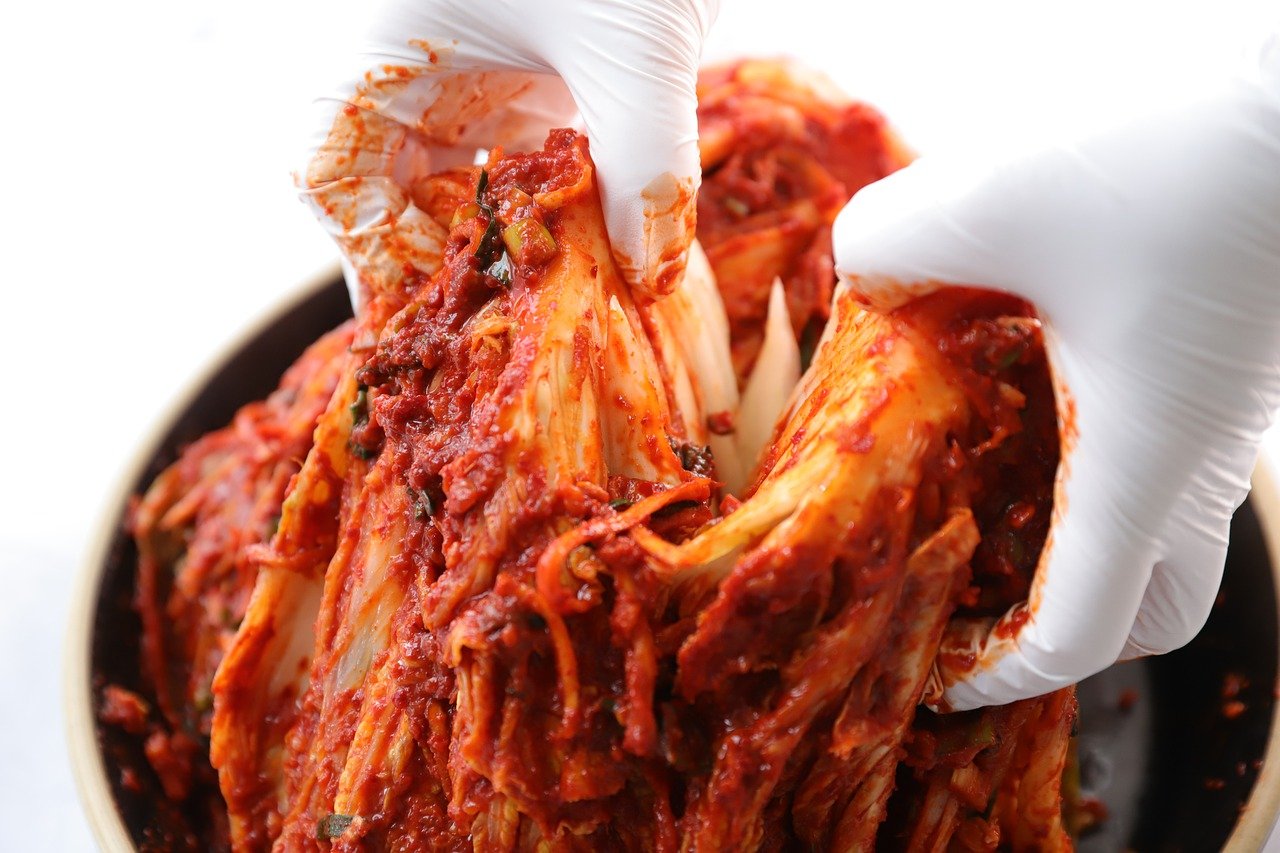
Vocabulary:
I will read the words, meanings, and sample sentences. Then, repeat after me.
- deteriorate /dih-TEER-ee-uh-reyt/
- palpable /PAL-puh-buhl/
- degradation /deg-ruh-DEY-shuhn/
- mushy /MUHSH-ee/
- mitigate /MIT-i-geyt/
[verb] – to become worse
The condition of the old house began to deteriorate after the severe storm.
[adjective] – clearly noticeable or able to be perceived; evident
The excitement among the crowd was palpable as the concert’s opening act took the stage.
[noun] – the process of something being reduced in quality or value
The degradation of the park’s facilities was evident after years of neglect.
[adjective] – soft and having no firm shape
The overcooked potatoes turned mushy and unappetizing.
[verb] – to make something less harmful, unpleasant, or bad
The new policies are designed to mitigate the impact of the economic downturn.
Article reading:
Please read the whole article. Then, I will check your pronunciation and intonation.
South Korea’s highly regarded kimchi, a traditional dish of paramount cultural significance, faces severe challenges due to climate change. Scientists, agriculturalists, and industry experts are alarmed as the quality and quantity of napa cabbage—the essential ingredient in kimchi—deteriorate under rising temperatures. Napa cabbage thrives in cooler climates and was traditionally cultivated in mountainous regions where summer temperatures seldom exceeded 25°C. Current climate models, however, indicate that these optimal growing conditions are becoming increasingly rare, threatening the viability of napa cabbage cultivation in South Korea.
Plant pathologist and virologist Lee Young-gyu expressed concern over the worsening conditions, highlighting that napa cabbage flourishes within a narrow temperature range of 18 to 21°C. The adverse effects of higher temperatures are already palpable among farmers and kimchi producers. Although alternatives such as radish, cucumber, and green onion are used to make kimchi, cabbage-based kimchi remains the most popular. Lee Ha-yeon, a Kimchi Master certified by the Agriculture Ministry, noted that elevated temperatures lead to the degradation of cabbage quality, with the central part of the cabbage deteriorating and the roots becoming mushy. The Rural Development Administration projects a dramatic reduction in cultivated highland cabbage acreage from 3,995 hectares to a mere 44 hectares within 25 years. Additionally, an increase in kimchi imports, primarily from China, further compounds the challenges. The South Korean government is investing in climate-controlled storage and developing resilient crop varieties to mitigate these impacts.
Plant pathologist and virologist Lee Young-gyu expressed concern over the worsening conditions, highlighting that napa cabbage flourishes within a narrow temperature range of 18 to 21°C. The adverse effects of higher temperatures are already palpable among farmers and kimchi producers. Although alternatives such as radish, cucumber, and green onion are used to make kimchi, cabbage-based kimchi remains the most popular. Lee Ha-yeon, a Kimchi Master certified by the Agriculture Ministry, noted that elevated temperatures lead to the degradation of cabbage quality, with the central part of the cabbage deteriorating and the roots becoming mushy. The Rural Development Administration projects a dramatic reduction in cultivated highland cabbage acreage from 3,995 hectares to a mere 44 hectares within 25 years. Additionally, an increase in kimchi imports, primarily from China, further compounds the challenges. The South Korean government is investing in climate-controlled storage and developing resilient crop varieties to mitigate these impacts.
Discussion Questions:
I will read each question. Then, please answer them.
- Have you ever tried making a traditional dish from your country? If so, what was the dish, and how did you prepare it? If not, what traditional dish would you like to try making, and why?
- Have you experienced any changes in the availability or quality of your favorite food due to environmental factors? If so, how did it affect your choices or eating habits? If not, how would you feel if the quality of your favorite food started to decline?
- Do you agree that climate change poses a serious threat to traditional food practices?
- How do you think the decrease in napa cabbage quality might impact people who rely on it for their livelihood?
- What could be the potential consequences of increasing kimchi imports from other countries on local farmers and producers?
Summarization
Please summarize the whole article using your own words and expressions. You will have one minute to prepare before you answer.
Describe:
Please explain the definition of each word listed below based on your understanding. You can provide example sentences if needed.
- pathologist
- ingredient
- cultivation
- agriculturalist
- climate change